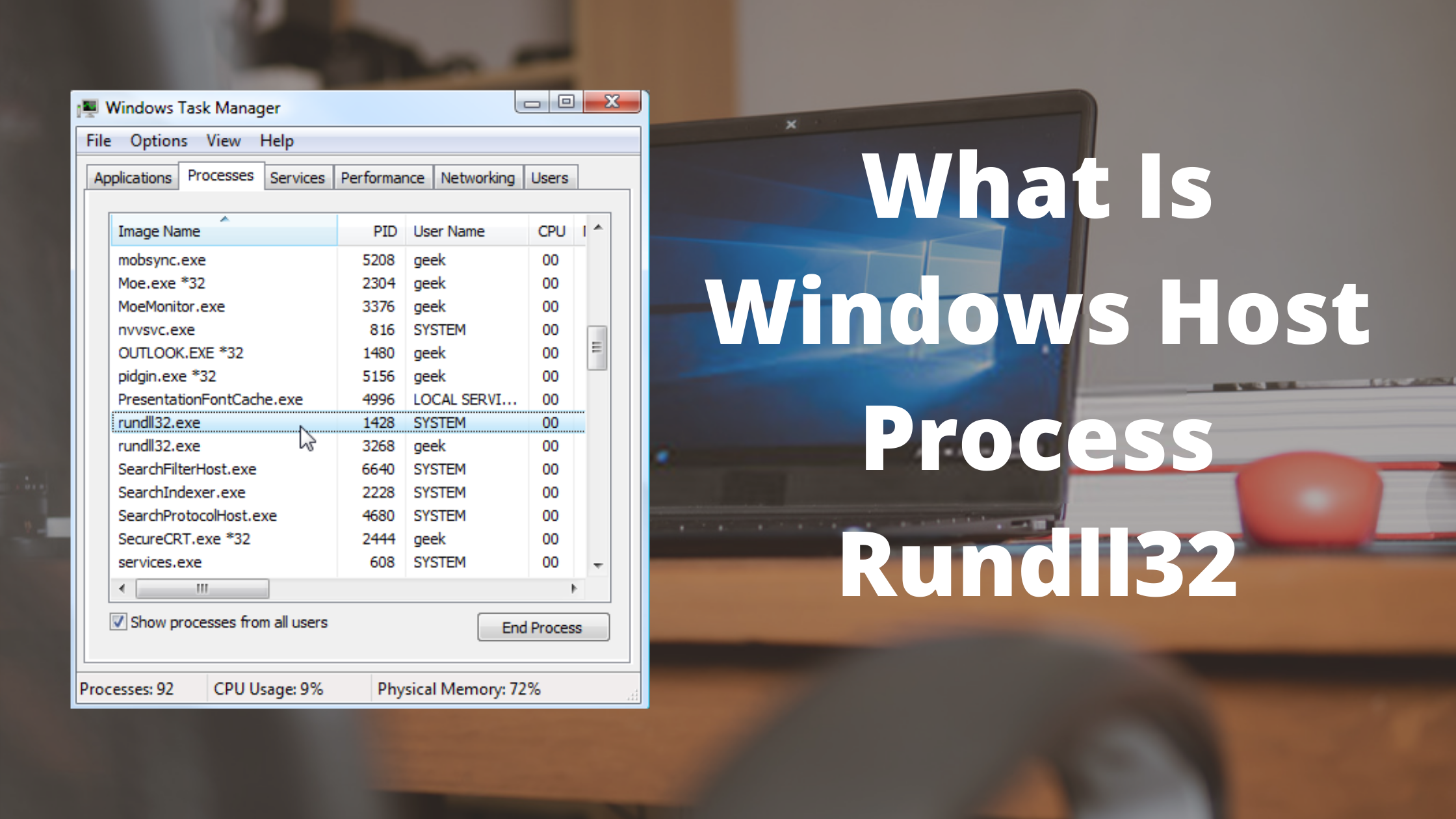
These are downloaded by the user for a particular task, but other than doing the task assigned, its primary function is to get unauthorized access to the data. Codes and processes: These are somewhat similar to the Trojan horses.Rootkits: These are the combination of tools and techniques that let the malware programs hide deep into the system and be undetected.When such a program is run, the malware developers can get to know of these activities, and so they stop running the malware or change its behavior in such situations. A system runs a debugging program on its own, or a user runs the program.The most trusted way of hackers to get into someone else’s computer without his knowledge is to be hidden, and they have developed quite a few methods for the same. A person who creates this kind of malware can also be paid by a company to collect the confidential data of his rivals. The stub program then leads to downloading of various other programs and malware that are designed so as to be undetected and cannot be removed.

Initially, a system gets corrupted through a stub downloader program. These malware programs enter into your system through web pages or emails. Trojan horses: These are the programs that appear to be non-harmful but in fact work on corrupting the computer system.Worms: Worms are also, but they can also travel around on their own in a network system with destructive intentions.Viruses: Virus is a code which can replicate on its own and cause damage to the system.Malware can be broadly categorized into three categories: Also, many devices and programs try on themselves to get automatically updated but then some of them are still left vulnerable to the threat. Here, patching routine refers to looking after the files that have a software update program inserted into it.

To get some relief from this task one should run proper patching routine. There are gazillions of programs and software released every day and to identify amongst them which one is malware and a threat can be a really daunting task.


 0 kommentar(er)
0 kommentar(er)
